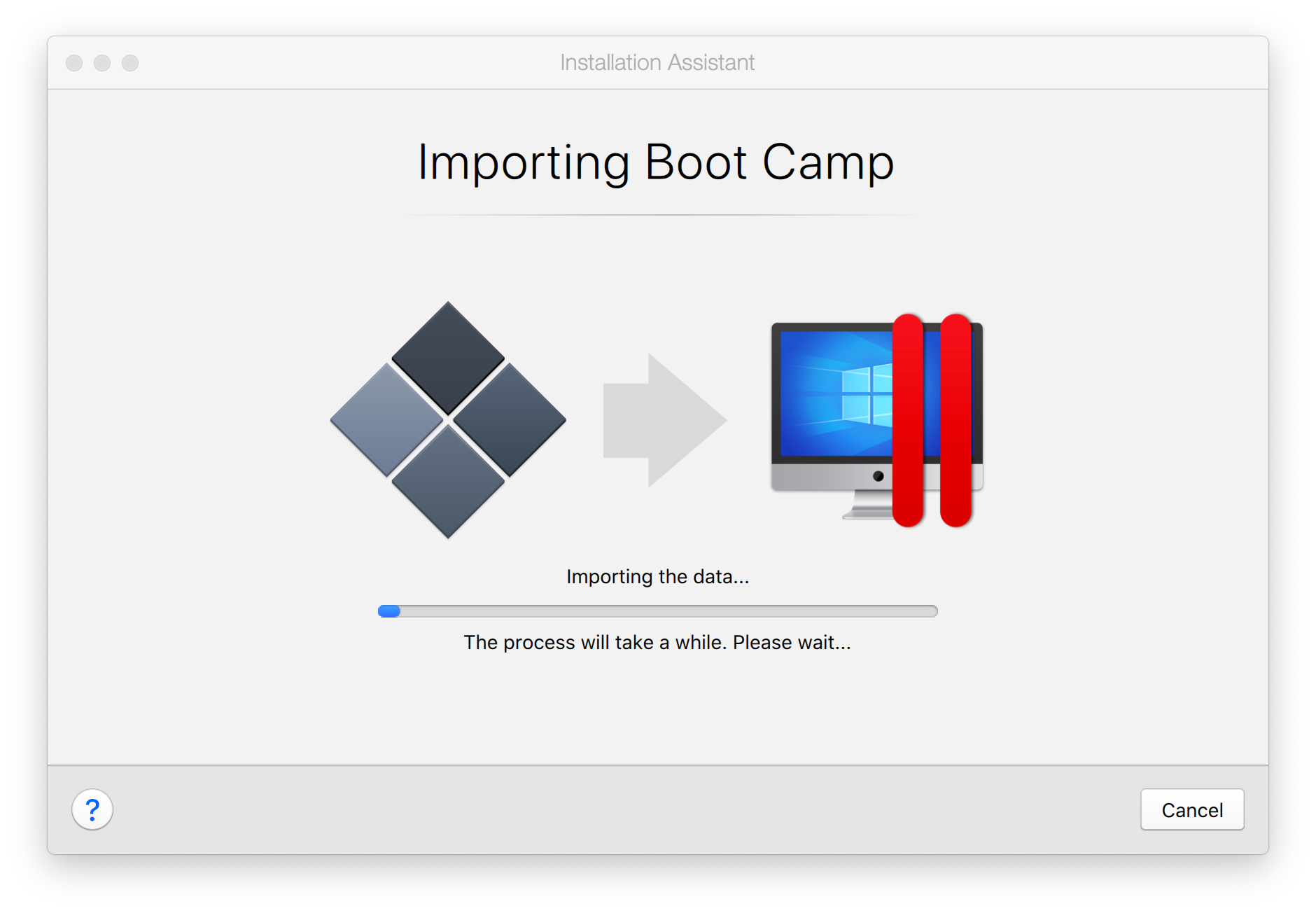

- #Best way to format external hard drive time machine for mac#
- #Best way to format external hard drive time machine mac os#
- #Best way to format external hard drive time machine install#
- #Best way to format external hard drive time machine update#
- #Best way to format external hard drive time machine windows#
Time Machine still supports backups on Mac OS Extended format (Journaled), Mac OS Extended (Case-sensitive, Journaled), and Xsan formatted disks.

#Best way to format external hard drive time machine windows#
ExFAT: Use for Windows volumes that are over 32 GB.MS-DOS (FAT): Use for Windows volumes that are 32 GB or less.Mac OS Extended (Case-sensitive, Journaled, Encrypted): Uses the Mac format, is case-sensitive to folder names, requires a password, and encrypts the partition.įinally, you should choose one of the following Windows-compatible file system formats if you are formatting a disk to use with Windows.For example, folders named “Homework” and “HOMEWORK” are two different folders. Mac OS Extended (Case-sensitive, Journaled): Uses the Mac format and is case-sensitive to folder names.Mac OS Extended (Journaled, Encrypted): Uses the Mac format, requires a password, and encrypts the partition.Choose this option if you don’t need an encrypted or case-sensitive format. Mac OS Extended (Journaled): Uses the Mac format (Journaled HFS Plus) to protect the integrity of the hierarchical file system.You should choose one of the following Mac OS Extended file system formats for compatibility with Mac computers using macOS 10.12 or earlier. APFS (Case-sensitive, Encrypted): Uses the APFS format, is case-sensitive to file and folder names, and encrypts the volume.APFS (Case-sensitive): Uses the APFS format and is case-sensitive to file and folder names.

APFS (Encrypted): Uses the APFS format and encrypts the volume.
#Best way to format external hard drive time machine for mac#
In a support document, Apple says that you should choose one of the following APFS formats for Mac computers using macOS 10.13 or later. This makes sense as that’s likely the tool you’ll use when formatting, diagnosing, etc., any Mac drives. ° You can share the Time Machine container with volumes that aren’t being used for backups.Īpple recommends that you work with file formats that work with the company’s Disk Utility. This probably only affects a handful of people, but you’ve been warned. ° Big Sur APFS-based Time Machine backups can’t be used in Catalina or earlier releases. Macworld notes that, because of the structural differences, you can’t just copy from HFS+ to APFS, either. That erases all the Time Machine backups. However-and this is the big “gotcha”-if you want to shift a drive from HFS+ to APFS, you have to reformat the drive. You can set up a drive from scratch with HFS+ to create new Time Machine volumes as well.

Why? There’s no way to convert an HFS+ Time Machine volume to one that uses APFS without erasing it.Īs noted by Macworld, before you format a Time Machine drive to APFS, you should note that your old HFS+ based Time Machine volumes remain valid and readable in Big Sur.
#Best way to format external hard drive time machine update#
If you have existing HFS volumes, you won’t see them after you update, so you shouldn’t update any such volumes. With macOS Big Sur, you’ll need a drive formatted with APSF (Apple File System) to use Time Machine for backing up your files ( and you really should be backing up your files). (By the way, a Fusion Drive was a storage option on some iMac and Mac mini computers that combined a hard drive and flash storage in a single volume.) And no new Macs ship with a Fusion Drive. Older Macs that use Fusion Drives or regular hard disk drives (HHDs) will not be converted.Īpple has promised APFS support for Fusion Drives, but, as best I can tell, this hasn’t happened yet.
#Best way to format external hard drive time machine install#
If you install APFS on any Mac that uses a solid-state drive (SSD) as a built-in boot drive, it will automatically convert to APFS and you will not have a choice. Fusion Drives and hard disk drives (HDDs) aren’t converted. You can’t opt-out of the transition to APFS. When you install macOS High Sierra and later on the built-in solid-state drive (SSD) of a Mac, that drive is automatically converted to APFS. APFS features strong encryption, space sharing, snapshots, fast directory sizing, and improved file system fundamentals. I’m guessing this will hold true when macOS Monterey is released. About APFSĪPFS is the default file system in macOS High Sierra and later for Macs with all-flash storage. Chances are your volume was HFS+, or some other incompatible format. If you’ve updated to Big Sur and notice that you no longer see one of your Time Machine volumes, it didn’t disappear.


 0 kommentar(er)
0 kommentar(er)
